This article was medically reviewed by Luba Lee, FNP-BC, MS. Luba Lee, FNP-BC is a Board-Certified Family Nurse Practitioner (FNP) and educator in Tennessee with over a decade of clinical experience. Luba has certifications in Pediatric Advanced Life Support (PALS), Emergency Medicine, Advanced Cardiac Life Support (ACLS), Team Building, and Critical Care Nursing. She received her Master of Science in Nursing (MSN) from the University of Tennessee in 2006.
There are 10 references cited in this article, which can be found at the bottom of the page.
This article has been viewed 67,871 times.
Mastitis is a common condition in breastfeeding women. This condition can be caused by tight clothing, missed feedings, poor alveolus drainage, or an infection. It usually only affects 1 breast at a time and results in a breast that is sore, hard, and red. This can make breastfeeding and pumping very uncomfortable, and some women may even give up on breastfeeding as a result. If you get mastitis, there are several things you can do to treat it. Contact your doctor first of all since mastitis may cause an infection that requires medical treatment. Then, follow your doctor’s instructions for self-care and pain management.
Steps
Seeking Medical Help
-
1Call your doctor right away if you suspect mastitis. Mastitis is a medical condition that requires proper diagnosis and treatment. Left untreated, the condition may worsen and lead to a serious, whole-body infection, which could require hospitalization to treat. Call your doctor if you notice symptoms of mastitis including:[1]
-
2Ask your doctor about diagnostic testing. If you suspect mastitis, your doctor will be able to perform diagnostic tests and reviews to make sure you are treating the right problem. Generally, diagnosis for mastitis includes a review of your medical history, a physical exam, and diagnostic tests such as culture or sensitivity.[4]
- Often, a diagnosis can be made without having to do a full culture.
Advertisement -
3Take the full course of prescribed antibiotics. Your doctor will likely prescribe a course of antibiotics to clear the infection. Take the full course of antibiotics, even if you start to feel better. Not finishing the antibiotics may make it harder to treat any future infections you get.[5]
- The most commonly prescribed antibiotics for mastitis include dicloxacillin, amoxicillin-clavulanate, and cephalexin. Take the antibiotics over the course of 10 to 14 days as instructed by your doctor. If the first course of antibiotics does not clear the infection, then your doctor may order a stronger antibiotic.[6]
- A small amount of the antibiotic may get into your breast milk. Check with your doctor or midwife to ensure that the antibiotic is safe for breastfeeding. In most cases, the antibiotic will only cause some mild loose stools in your baby, but this should go away after you complete the course of antibiotics.[7]
-
4Get an ultrasound to rule out an abscess. In some cases, mastitis may progress and create an abscess in your breast. When this happens, your doctor may need to drain and irrigate the abscess. If your doctor suspects an abscess, they may order an ultrasound of your breast to check for one.[8]
Using Self-Care Measures
-
1Breastfeed your baby as often as possible. Keeping milk flowing through your breasts will help to clear the infection and reduce your discomfort. Breastfeed your baby as often as possible starting each feeding with the affected breast. Do not worry about the milk harming your baby. Your breast milk is safe for your baby to drink even if you have an infection.[9]
- If you are not able to breastfeed, then pump or hand express some milk instead.
- Proper positioning during breastfeeding is also important to ensure that your breasts are being emptied fully. Ask your doctor, midwife, or lactation consultant for advice on how to properly position your baby during breastfeeding.
-
2Get plenty of sleep and rest. Recovering from mastitis requires lots of rest.[10] If possible, take some time off from work to catch up on your sleep. Ask your partner to take over some of your household tasks until you feel better. You may also want to have a trusted friend or family member help you with childcare so that you can get a nap during the day.
-
3Drink lots of water. Staying hydrated will help your body to fight the infection and it will also help to ensure that you can keep up with your little one's breastfeeding demands. Drink at least 8 glasses of water per day.[11]
-
4Use over-the-counter pain medications. Mastitis can be very painful, but the pain is usually manageable with over-the-counter pain medications, such as acetaminophen or paracetamol (Tylenol) and ibuprofen (Advil). Follow the dosing instructions on the package or ask your doctor for dosing instructions.[12]
- Do not take aspirin while you are breastfeeding. This medication passes through to the breast milk and it is not safe for your baby.[13]
Soothing Sore Breasts
-
1Take warm showers. The warm water will feel good on your breasts and it may also help to clear any clogged ducts. Take a warm shower daily and let the water run over your breasts.[14]
- You could also take a warm bath and immerse your breasts in the water to help soothe them.
-
2Apply warm compresses. Warm compresses may help to ease pain in your breasts throughout the day and loosen clogged ducts. Take a clean cloth and hold it under warm running water. Then, wring the excess water from the cloth and place the warm cloth over the sore area of your breast. Leave the compress on until it cools down. Repeat as needed during the day.[15]
-
3Place a green cabbage leaf in your bra. Cold, raw green cabbage leaves can help to soothe engorged breasts by reducing the engorgement. Get a head of cabbage and remove one of the leaves. Then, insert the cabbage leaf into your bra so that it is cradling your breast. Leave the leaf there until it is no longer cold. Repeat as often as needed.[16]
-
4Wear loose fitting clothing. Tight bras and tops will only irritate your already tender breasts. Instead, wear loose, comfortable bras or camisoles and tops while you are dealing with mastitis.[17]
References
- ↑ https://familydoctor.org/condition/mastitis/
- ↑ https://www.breastfeeding.asn.au/bf-info/common-concerns%E2%80%93mum/mastitis
- ↑ https://www.nhs.uk/conditions/mastitis/
- ↑ https://my.clevelandclinic.org/health/diseases/15613-mastitis#diagnosis-and-tests
- ↑ https://www.betterhealth.vic.gov.au/health/HealthyLiving/breastfeeding-dealing-with-mastitis
- ↑ https://emedicine.medscape.com/article/2028354-overview
- ↑ https://www.nhs.uk/conditions/mastitis/treatment/
- ↑ https://emedicine.medscape.com/article/2028354-overview
- ↑ https://www.nhs.uk/conditions/mastitis/treatment/
- ↑ https://familydoctor.org/condition/mastitis/
- ↑ https://familydoctor.org/condition/mastitis/
- ↑ https://familydoctor.org/condition/mastitis/
- ↑ https://www.nhs.uk/conditions/baby/breastfeeding-and-bottle-feeding/breastfeeding-and-lifestyle/medicines/
- ↑ https://www.nhs.uk/conditions/mastitis/treatment/
- ↑ https://www.betterhealth.vic.gov.au/health/healthyliving/breastfeeding-mastitis-and-other-nipple-and-breast-problems
- ↑ https://pubmed.ncbi.nlm.nih.gov/27820535//
- ↑ https://www.betterhealth.vic.gov.au/health/healthyliving/breastfeeding-mastitis-and-other-nipple-and-breast-problems
About This Article
The easiest way to treat mastitis is to breastfeed your baby as often as possible on the affected side to reduce your discomfort and to help clear the infection. You’ll also want to get as much rest as possible to help your body fight the infection. In addition to nursing and resting, you can try some other home remedies, like taking warm showers or baths to release clogged ducts or soothing the affected breast by placing a green cabbage leaf in your bra. As you heal from mastitis, wear loose fitting clothing so you don't irritate your sore breast. To learn more tips from our Family Practice reviewer, including when to seek medical help, keep reading!
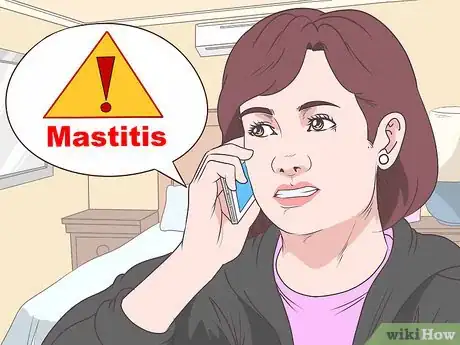
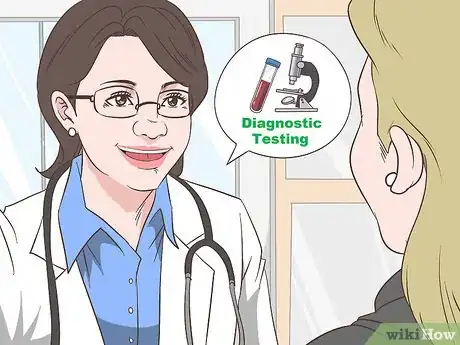
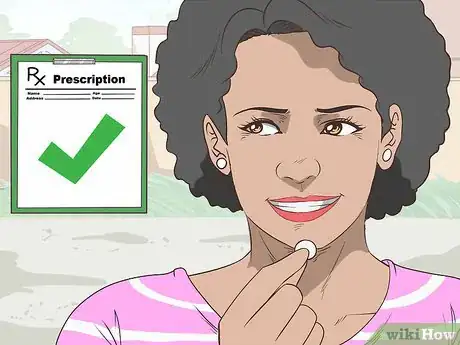
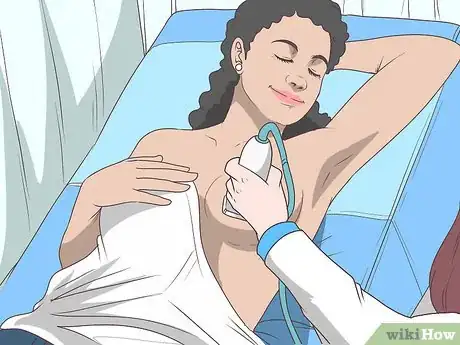
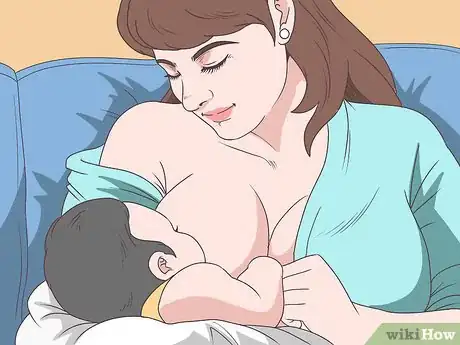
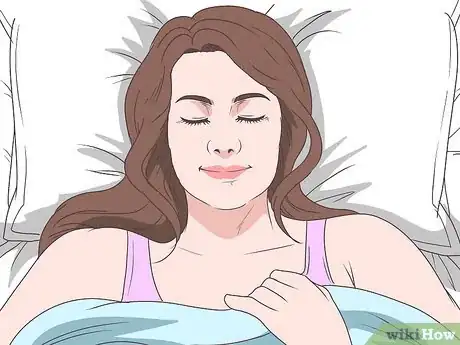
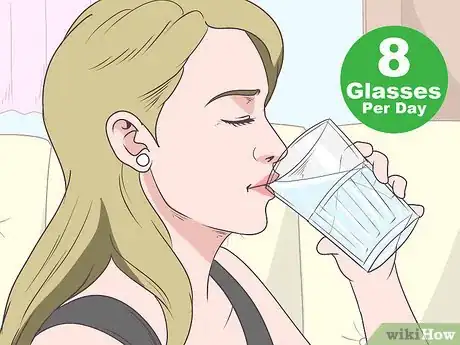
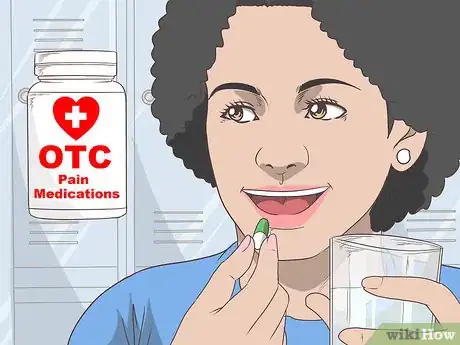

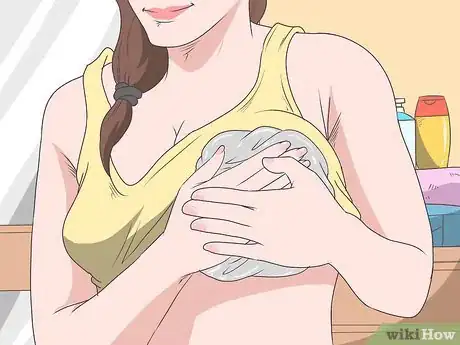
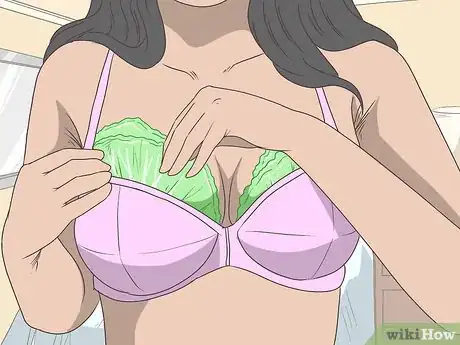

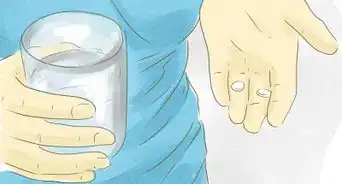
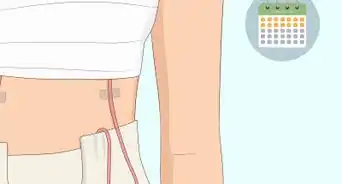

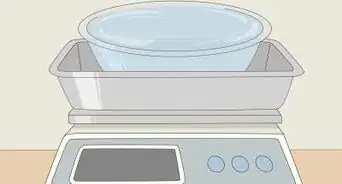
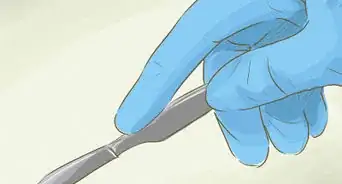
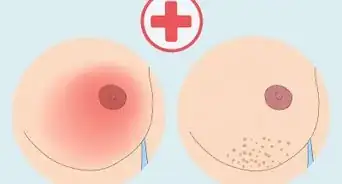


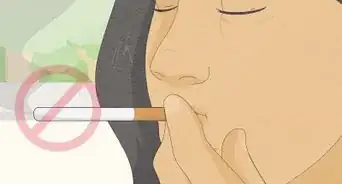

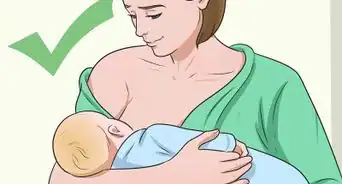
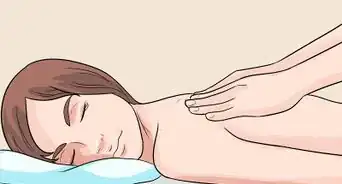
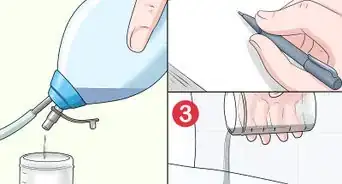








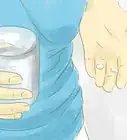
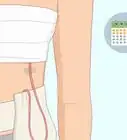

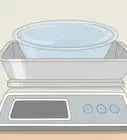



































Medical Disclaimer
The content of this article is not intended to be a substitute for professional medical advice, examination, diagnosis, or treatment. You should always contact your doctor or other qualified healthcare professional before starting, changing, or stopping any kind of health treatment.
Read More...